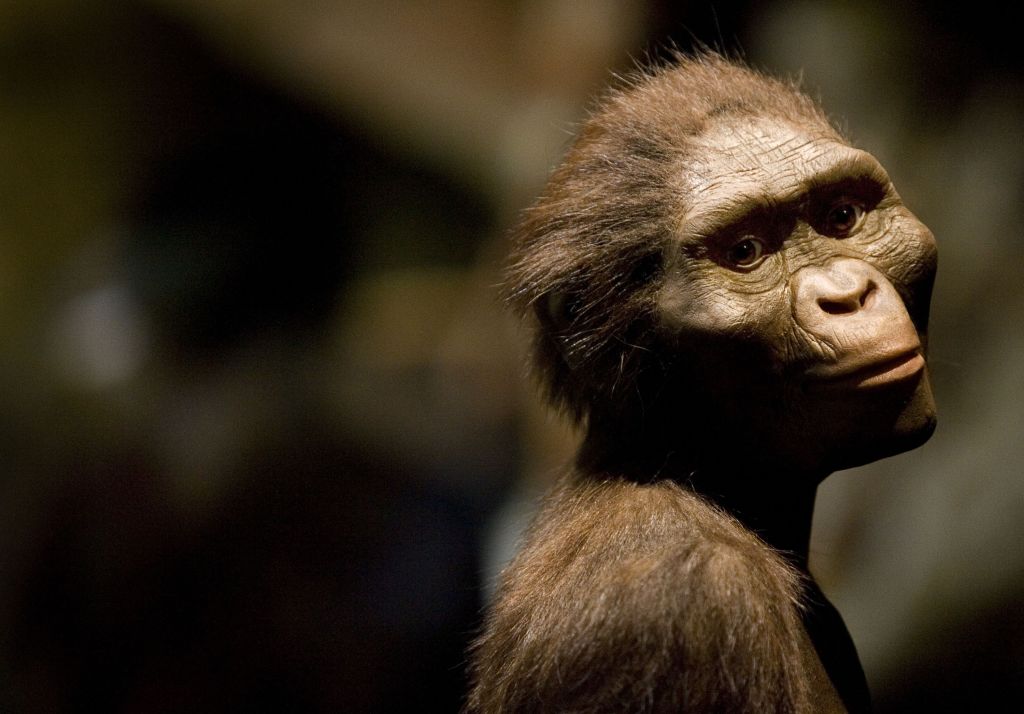Popular renderings dress her in thick, reddish-brown fur, with her face, hands, feet and breasts peeking out of denser thickets.This hairy picture of Lucy, it turns out, might be wrong.Technological advancements in genetic analysis suggest that Lucy may have been naked, or at least much more thinly veiled.



The whole point is that we still don’t know what Lucy actually looked like, and therefore whenever we depict her we are “filling in the blanks” with our own interpretations. In the past, we didn’t know whether she was likely to be covered in hair or not, but almost every depiction showed her covered.
The author of the article, who has a PhD and is the chair of a college’s interdisciplinary humanities department, makes the point that when we exclusively depicted her covered in hair when we didn’t know whether or not she was covered in hair, we were projecting our standards of modesty onto her. We also idealized her as a mother, as exemplifed by her depiction with protective and warm body language toward fictional children and male partners. These are aspects that various artists, researchers, and journalists projected onto a skeleton, not truths about Lucy as an individual.
When it was revealed that Lucy, in fact, was likely not covered in hair, and instead likely walked around naked and uncovered, we did not immediately revise these depictions. They disrupt the previously held projections and interfere with the narrative of Lucy as a “perfect mother” by modern standards-- not because she can’t be both naked and a good mother in an absolute sense, but because these are disparate and conflicting signifiers in our modern society. In essence, it’s harder to solidifiy her illustration as “the mother of all humans” to an audience of modern Westerners if she can’t be depicted with “chastity and modesty”, because we strongly associate those characteristics with good motherhood.
It is, therefore, a media analysis of the depictions of Lucy, it’s not about Lucy herself. It’s about how we project onto Lucy, and what that says about the people doing the projecting.
Of course, humans societies that are alive today are also valuable examples in the process of self reflection. But ignoring the observations made by the author and other researchers is like saying we don’t need to analyze media (books, movies, TV shows) that depict society, because real society is right there!